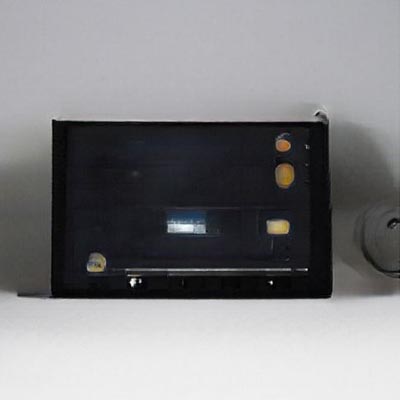EIN ZUSTAND DER SPANNUNG / A state of tension
Title: UNDER PRESSURE, April 6, 2021
Es liegt was in der Luft.
Mir ist so komisch zumute -
ich ahne und vermute, es liegt was in der Luft.
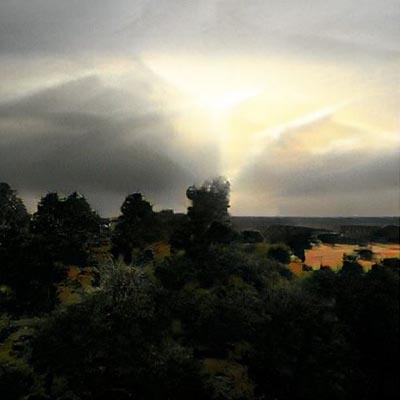
https://www.youtube.com/watch?v=uHiSseypRKw&list=RDuHiSseypRKw&start_radio=1&rv=uHiSseypRKw&t=35
Kritische Punkte sind messbar / Critical points are measurable
Druck das Ergebnis einer senkrecht auf
eine Fläche einwirkende Kraft. Auch Luft baut Druck auf - immer
senkrecht zu den Wäden. Der Druck auf einen Körper ist positiv, wenn die
Kraft zum Körper hin gerichtet ist, ein negativer Druck entspricht einem
Zug. Die räumliche Abhängigkeit des Drucks wird häufig auch als
Druckfeld bezeichnet, da es sich beim Druck um ein skalares Feld
handelt. / Pressure is the result of a
force acting vertically on a surface. Air also builds up pressure -
always perpendicular to the walls. The pressure on a body is positive if
the force is directed towards the body, a negative pressure corresponds
to a pull. The spatial dependence of pressure is often referred to as
the pressure field, since pressure is a scalar field.
Doch Druck ist mehr als nur zusammengepresste Luft.
Prinzipien und Techniken des Zeitmanagements in
einem runden Körper /
Principles and techniques of time management in a round body

Momente des Drucks sind immer auch Momente der Spannung
Um Druck aufzubauen, braucht es vor allem den Faktor Zeit. Zeitmanagement bedeutet also ein effektiver, strukturierter Umgang mit der zur Verfügung stehenden Zeit. Der andere Faktor, der für Druckaufbau verantwortlich ist, ist der Raum, der zur Verfügung steht.
Überschreitet Druck einen kritischen
Punkt, bricht zum Beispiel ein Vulkan aus. Dieser Punkt ist erreicht,
wenn die Magmakammer voll ist und kein weiteres Material mehr aufnehmen
kann. Dann bahnt sich das heiße Magma seinen Weg nach draußen. Es dringt
durch Kanäle und Spalten an die Oberfläche und tritt dort als glühend
heiße Lava aus.
In order to build up pressure, the time factor is needed above all.
Time management therefore means effective, structured use of the time
available. The other factor responsible for pressure build-up is the
space available. If pressure exceeds a critical point, a volcano erupts, for example.
This point is reached when the magma chamber is full and cannot hold any
more material. Then the hot magma makes its way out. It penetrates
through channels and fissures to the surface, where it emerges as
red-hot lava.
weiter zu
Juanpablo Avendaño
Avila
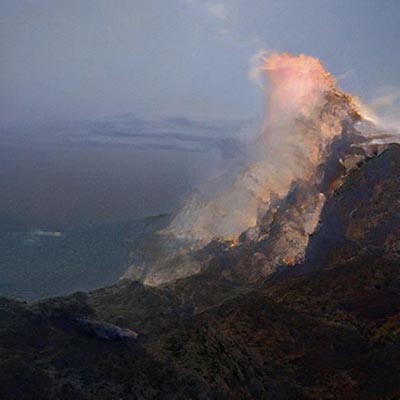
Title: UNDER PRESSURE - Vulcano
image
generated by algorithms
Erinnerung: Kritische Punkte sind messbar / Critical points are measurable
VIDEO 9:36min:
Title: Parafiction
https://vimeo.com/477374813
P A R A F I C A T I O N
Das Ganze ist nicht dasselbe, wie seine Teile / The whole is not the same as its parts
Infolge der Gravitationskraft hat die
uns umgebende Luft ein Gewicht und wird, je nach Höhe über dem
Meeresspiegel, zum Luftdruck zusammengepresst.
Seit dem jungen
Einstein wissen wir, daß der Luftdruck durch die Brownsche
Molekularbewegung entsteht. Dabei stoßen die Luftmoleküle infolge ihrer
Bewegung ständig aufeinander und natürlich auf die angrenzenden festen
Wände. Die Summe all dieser Stöße macht die Kraft aus, die wir im
allgemeinen Luftdruck nennen.
Ein Ton ist eine Schwingung des Luftdrucks.
Der Ton breitet sich als Welle im Raum aus. Mikroskopisch gesehen ist es
die Dichte der Luftmoleküle, die sich periodisch durch eine Abfolge von
Stauchungen und Dehnungen verändert. Durch die Fortpflanzung der
Schallwelle durch das Medium entsteht in einem festen Punkt eine lokale
Schwankung des Luftdrucks, der sog. Schalldruck. Die Schallwelle eines Tones
überträgt ihre Schwingungsenergie dabei auf ihre Umgebung.
Schall ist ein auditives Ereignis, das man nicht hören kann, sondern nur
messen oder sehen:
all images are generated by algorithms
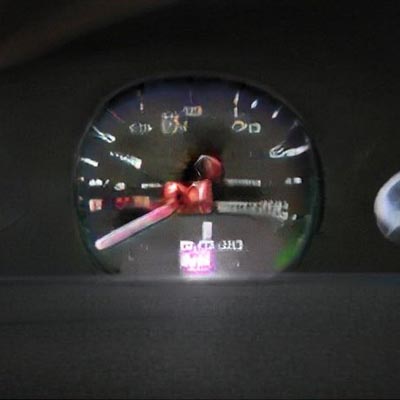
Raum und Zeit schienen bis jetzt
unerschöpfliche Ressourcen
/
Space and time have seemed inexhaustible
resources until now.

As a result of the gravitational force, the air surrounding us has a weight and - depending on the height above sea level - is compressed into air pressure.
Since the young Einstein we
know that the air pressure results from the Brownian molecular movement.
As a result of their movement, the air molecules constantly collide with
each other and, of course, with the adjacent solid walls. The sum of all
these collisions makes up the force that we generally call air pressure.
A tone is an oscillation of the air pressure. The sound propagates
as a wave in space. Microscopically, it is the density of the air
molecules that changes periodically through a sequence of compressions
and expansions. Due to the propagation of the sound wave through the
medium, a local fluctuation of the air pressure, the so-called sound
pressure, occurs at a fixed point. The sound wave of a tone thereby transfers its
oscillation energy to its surroundings.
Sound is an auditory event
that cannot be heard, only measured or seen:
Some things to hear:
Versuchsreihe: Luftdruck

Wie zuviel Druck auf Dinge, die Dinge verändert. Hier auf dem Foto gut zu sehen, wie der Luftdruck die Scheibe des Gerätes zum springen gebracht hat...
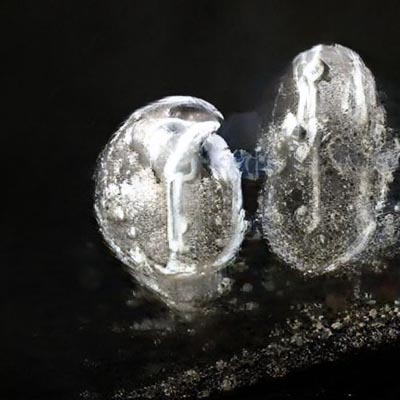
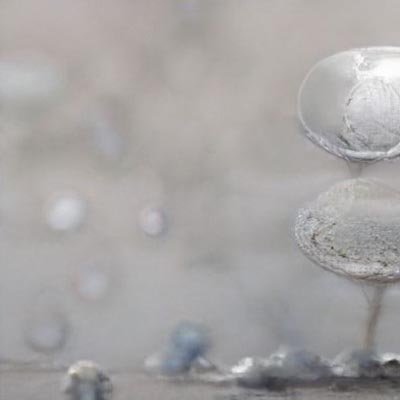
Dieses physikalische Phänomen nennt man Resonanz. Wenn man nun die Lautstärke des Tons erhöht, erreicht das Glas irgendwann die maximale Verformung, die es aushalten kann, und es zerspringt. Je nach Glassorte können die Wände bis zu einem Zentimeter vor- und zurückschwingen, bevor sie schließlich brechen.
Was tun bei zu viel Druck?
- Wechseln Sie Ihren Blickwinkel. ...
- Halten Sie für kurze Zeit inne. ...
- Gehen Sie Schritt für Schritt. ...
- Delegieren Sie Aufgaben. ...
- Halten Sie sich Ihren Plan vor Augen. ...
- Verzichten Sie auf Perfektion...
Der Luftdruck an einem beliebigen Ort der Erdatmosphäre ist der hydrostatische Druck der Luft, der an diesem Ort herrscht.
